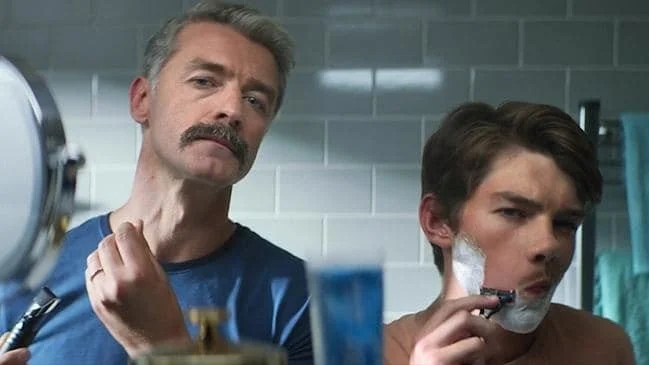Gillette’s Bold Leap: A Shave Too Close?
Gillette, a brand synonymous with masculinity, took a daring step in 2019 to redefine its identity. Its “The Best Men Can Be” campaign addressed toxic masculinity, urging men to challenge harmful behaviors and become positive role models. While the campaign sparked global conversations about modern masculinity, it also led to divided opinions and financial repercussions, including an $8 billion write-down for its parent company, Procter & Gamble.
This article unpacks the impact of Gillette’s bold approach on brand sentiment, consumer loyalty, and financial performance—and explores why engaging impartial experts can help brands navigate similar challenges with greater precision.
The Campaign: Redefining Masculinity
Gillette’s campaign marked a shift from its long-standing tagline, "The Best a Man Can Get," to a message promoting accountability and respect. The ad depicted scenarios such as bullying, harassment, and workplace misconduct, positioning the brand as a champion of cultural change.
The response was swift and polarizing:
Praise: Advocates lauded the campaign for addressing critical societal issues and redefining masculinity for a modern audience.
Criticism: Detractors accused Gillette of virtue signaling, claiming the campaign unfairly generalized negative behavior to all men.
The backlash was particularly visible on social media, where hashtags like #BoycottGillette trended, sparking debates about whether the brand had overstepped its role.
Financial and Sentiment Impact
The campaign’s fallout extended beyond social media, hitting Gillette’s financial performance and consumer sentiment hard.
Brand Sentiment: Gillette faced a notable dip in consumer trust, with some longtime customers switching to competitors like Dollar Shave Club and Harry’s.
Financial Loss: Procter & Gamble reported an $8 billion write-down for Gillette, citing changing market dynamics and a decline in sales. While some factors were external—such as increased competition and shifting grooming habits—the campaign’s controversy undoubtedly played a role in the brand’s challenges.
The Debate: Bold Advocacy or Brand Overreach?
Gillette’s campaign raises important questions for brands seeking to tackle societal issues:
Do brands have a responsibility to lead social conversations, even at the risk of alienating part of their audience?
Or should they focus solely on delivering products and services without engaging in broader cultural debates?
For a brand like Gillette, known for its traditional portrayal of masculinity, the pivot to advocacy was a high-risk move. While it resonated with some, it alienated others, highlighting the complexities of aligning bold messaging with audience expectations.
How We Help Brands Navigate Risk
At [Your Company Name], we recognize the challenges brands face when addressing sensitive topics. Our independent verification process helps companies ensure their campaigns strike the right balance between authenticity and audience alignment. By leveraging unbiased research and actionable insights, we help brands craft messaging that resonates while minimizing backlash and protecting their reputation.
Conclusion: A Cautionary Tale in Advocacy
Gillette’s campaign underscores the high stakes of brand activism. While bold moves can elevate a brand’s relevance, they can also alienate loyal customers and create financial strain. As brands navigate increasingly polarized markets, a data-driven, audience-focused approach is essential.
